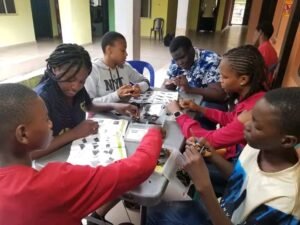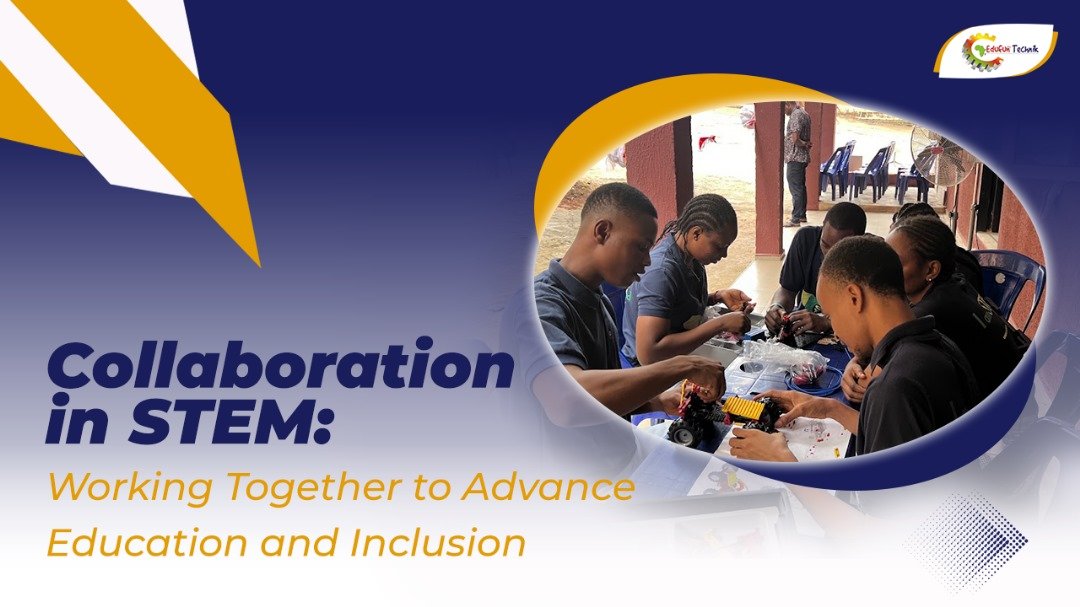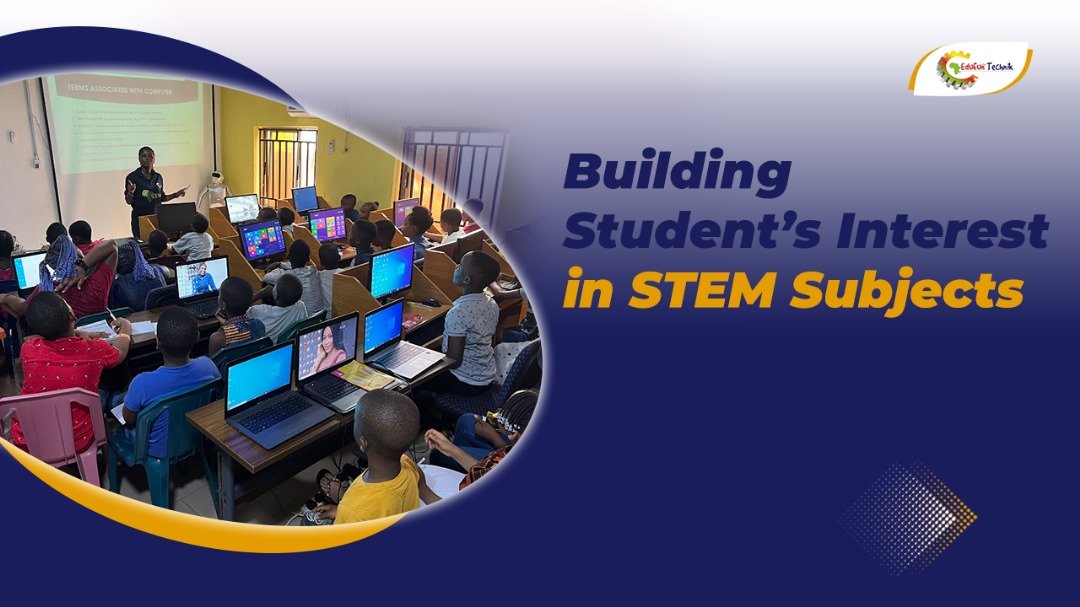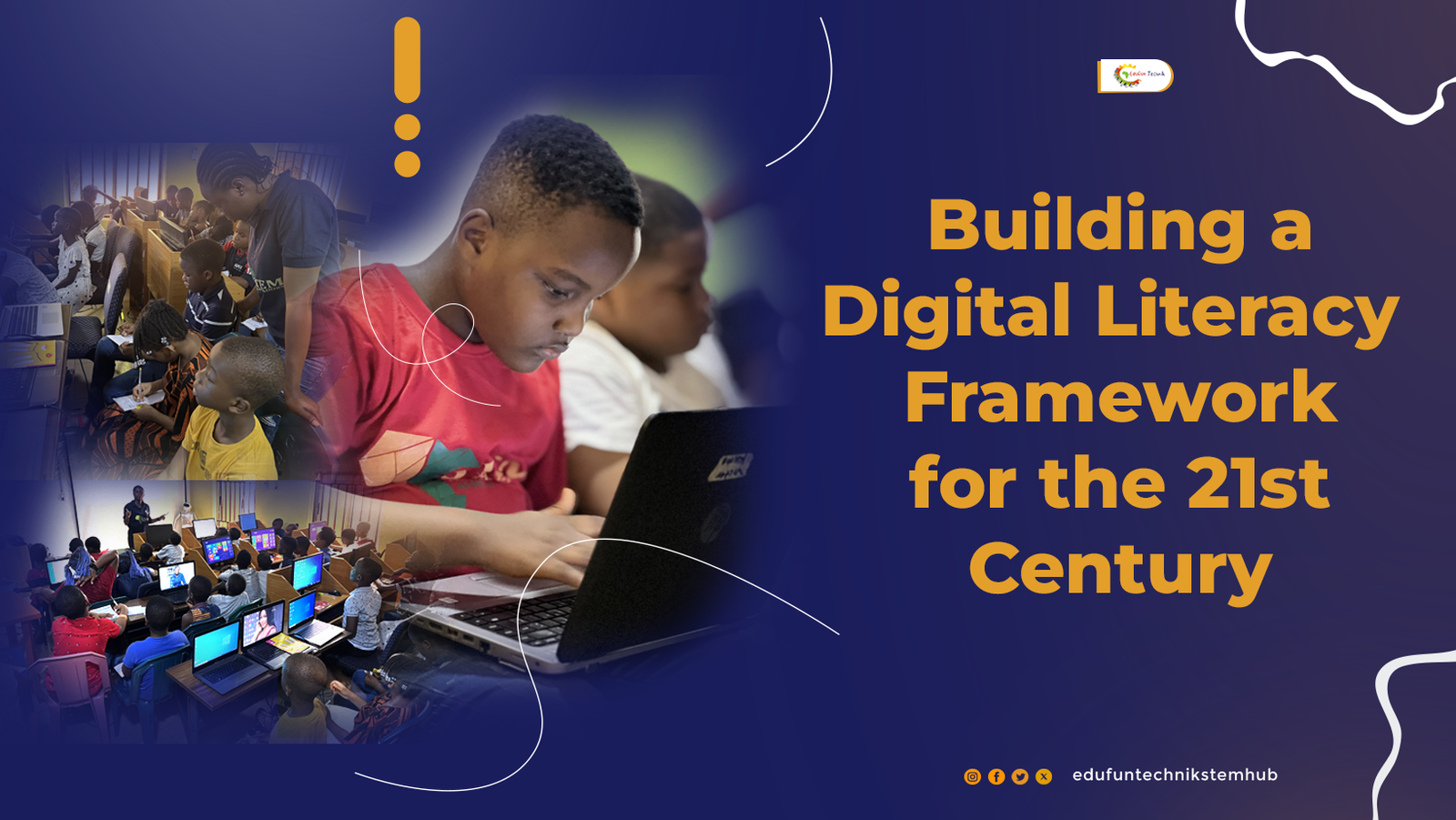Collaboration in STEM means bringing different minds, skills, and ideas to work as one. It is not just nice to have. It is something that is needed. Whether it is students learning in classrooms, scientists working in labs, or engineers building bridges, teamwork makes the process stronger and more meaningful.
The truth is that no one solves big problems alone. Think about the people who design airplanes, create new medicines, or build robots. They all work in teams where everyone shares ideas, listens, and learns from each other.
How STEM Became a Team Effort: A Little History
A long time ago, many people worked alone in science or math. Scientists would sit in small labs, engineers worked by themselves, and discoveries happened slowly.
But as the world became more connected, the problems got bigger. Think about climate change, space travel, or fighting diseases like COVID-19. These challenges are so big that one person or one country cannot solve them alone.
NASA is one of the best examples of how teamwork made space travel possible. Teams of engineers, scientists, and mathematicians worked together to send people to the moon.
Dr. Mae Jemison, the first Black woman to travel into space, once said,
“Never be limited by other people’s limited imaginations.”
Her success was possible because she worked in teams that supported learning and inclusion.
What Does Collaboration in STEM Mean?
When we talk about collaboration in STEM, we are talking about people with different skills working on the same problem. It is like building a puzzle. One person may be good at coding, another at designing, and someone else at testing.
It also means sharing ideas freely. In a classroom, this could be students working on a group science project. In the workplace, it could be engineers from different countries meeting online to design clean energy solutions. Collaboration in STEM often leads to stronger solutions because each person brings a fresh point of view.
The Role of Collaboration in Improving Education
Better Learning Through Group Projects
When students work together, they learn faster and better. Teachers often use group projects in science or math because they help students talk through problems, share answers, and correct mistakes together.
A study by The Journal of Advances in Educational and Psychology shows that students who work in teams understand topics better than those who study alone.
How Schools Use Teamwork to Teach STEM
Schools are now making teamwork a big part of how they teach STEM. For example, coding clubs, robotics teams, and science fairs are all places where students work together.

At Edufun Technik STEM Foundation in Nigeria, students learn coding and robotics not by sitting and listening, but by building things together, helping one another, and solving challenges as a group.
Real-World STEM Problems Need Team Solutions
When a city wants to create clean water systems, it does not hire just one person. It brings together engineers, scientists, builders, and community leaders. The same happens when designing apps, fighting climate change, or researching diseases. Every job in STEM relies on teamwork.7
Collaboration Boosts Creativity and Innovation
Working together sparks new ideas. When different people talk about a problem, someone may suggest something others have not thought of.
For example, the team that created the COVID-19 vaccine included experts from different countries and fields. Without that collaboration, the vaccine would have taken much longer. Great science is often built on the power of diverse teams, bringing different talents and viewpoints.
Why Collaboration Promotes Diversity and Inclusion in STEM
Giving Everyone a Seat at the Table
STEM has not always been fair to everyone. Women, people of color, and people from low-income backgrounds have often been left out. But collaboration changes this.

When teams include people from different backgrounds, the work gets better. Different experiences lead to smarter and more creative solutions.
How Mentorship Supports Underrepresented Groups
Mentorship is a big part of collaboration. When experienced scientists or engineers guide young students, especially girls and minority students, it opens doors.
Organizations like Black Girls Code and Women in Tech Africa focus on this. They create spaces where girls can learn coding and robotics from mentors who look like them.
Stories of Successful Diverse Teams in STEM
One great story is the women known as the “Hidden Figures” at NASA. Katherine Johnson, Dorothy Vaughan, and Mary Jackson were Black women whose math skills helped launch astronauts into space. Their teamwork changed history.
Collaboration Between Schools, Industries, and Communities
How Schools Partner with Tech Companies
Many schools now work directly with companies like Google, Microsoft, and local tech hubs. These companies provide tools, training, and sometimes even mentors to help students learn real-world STEM skills.
Community-Led STEM Programs
In many places, community groups start STEM programs. For example, in Onono, Nigeria, Edufun Technik worked with local leaders to establish a TechEquity hub and to teach robotics to children who had never had access before.

This only happened because the community, schools, and tech educators worked together.
Nonprofits and Government Supporting STEM Inclusion
Nonprofits like Girls Who Code and government bodies like the National Science Foundation give grants, learning tools, and support programs that help schools and communities build stronger STEM education together.
How Technology Makes Collaboration Easier
Thanks to technology, people do not need to be in the same place to work together. Video calls, cloud computing, online coding platforms, and virtual labs make it possible for students, teachers, and professionals to share ideas from anywhere in the world.
During the COVID-19 lockdown, this became very clear. STEM classes, coding boot camps, and science workshops all moved online, and teamwork continued even when schools were closed.
Common Barriers to Collaboration in STEM
Communication Gaps
Sometimes teams struggle because people do not understand each other. This can happen if team members speak different languages or use different technical terms.
Lack of Resources
Not every school or community has the money to buy computers, lab equipment, or internet services. This limits who can join in STEM teamwork.
Biases and Inequality
Sadly, discrimination still exists in some STEM spaces. People from minority groups may feel left out or unheard. This breaks the power of collaboration.
Solutions to Strengthen Collaboration and Inclusion
Training Educators and Leaders
Teachers and STEM leaders need training on how to create safe, supportive teamwork spaces. This includes learning how to handle differences and include everyone’s voice.
Building Inclusive Workspaces
Companies and schools can set rules that support fairness. This means hiring people from diverse backgrounds and making sure meetings are spaces where everyone is heard.
Supporting Cross-Border STEM Projects
Governments and organizations can support international STEM projects, where students and experts from different countries work together to solve global problems like climate change or health crises.
Conclusion: The Future of STEM is Built Together
STEM is not a solo game. From classrooms to labs and industries, collaboration is the heartbeat of progress. When people of different ages, backgrounds, and skills come together, they build solutions that are smarter, faster, and better for everyone.
The future of STEM will be stronger when teamwork, diversity, and inclusion are not just words but actions.







